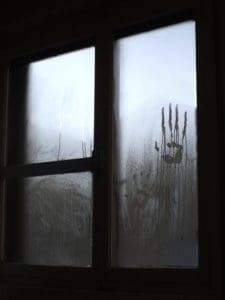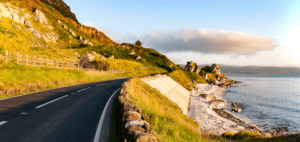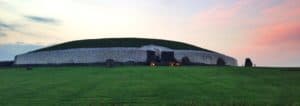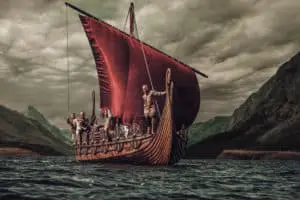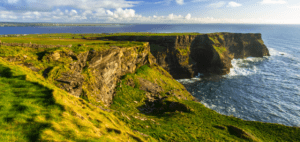The Renaissance: Europe’s Age of Awakening and Its Cultural Revival
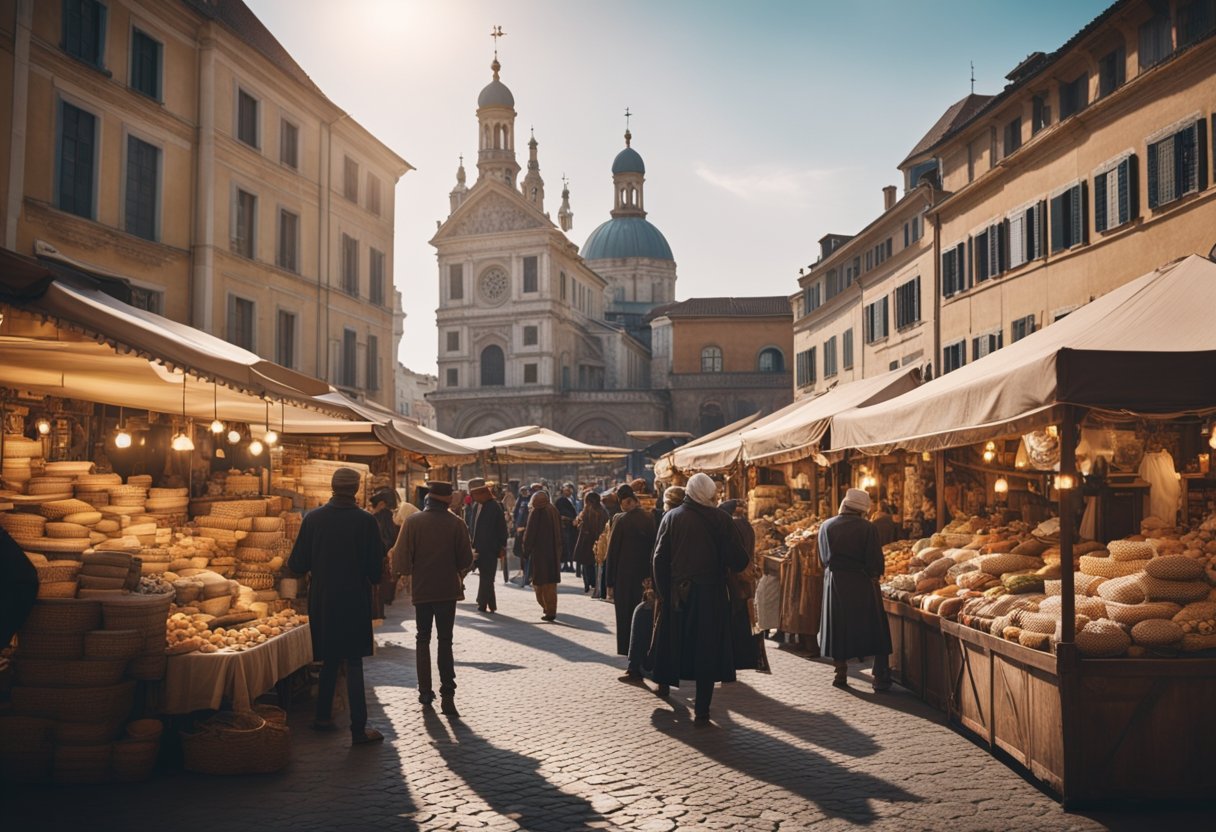
Updated On: April 22, 2024 by Eman Sameh
The Renaissance marks a monumental period in European history, commonly characterised by the term ‘rebirth’. It was a time when the continent experienced a resurgence in the arts, sciences, and philosophy, stemming from the dormant period of the Middle Ages. This era witnessed an effervescent cultural reawakening that profoundly influenced European intellectual life, beginning in Italy during the 14th century and eventually spreading across the continent. The foundational elements of the Renaissance were rooted in the rediscovery of classical philosophy, literature, and art.

It was during the Renaissance that the vision of human potential and creativity reached new heights, departing from the religious constraints that had previously governed much of medieval society. Artistic innovation flourished, with figures like Leonardo da Vinci and Michelangelo pushing the boundaries of visual art. Similarly, in the realm of literature and philosophy, the works of Dante, Petrarch, and Shakespeare offered a new engagement with human experience and individuality. Furthermore, scientific rapid advancements shook long-standing beliefs, evidenced by revolutionary figures like Galileo and Copernicus. These cumulative transformations not only redefined European culture but also laid the groundwork for the modern Western world.
Precursors to the Renaissance
The period commonly referred to as the Middle Ages, often stretching from the 5th to the late 15th century, served as a crucial transitional era leading towards the Renaissance. During the so-called Dark Ages, a term now less frequently used due to its overly negative connotations, the foundations for this cultural revival were being laid.
During the latter part of the Middle Ages, the Roman Empire’s classical texts, once set aside, began to resurface, igniting intellectual curiosity. A rediscovery of Ancient Greek philosophy, particularly the works of Aristotle, blended with Roman legal texts, led to a reinvigoration of scholarly activities in Western Europe. This period witnessed the translation of these classical texts from Greek and Arabic to Latin, which was the scholarly language of the time.
These classical texts prompted the emergence of a new humanist philosophy which placed a greater emphasis on the potential of the individual, a stark contrast to the medieval ideals that often focused on the collective and the spiritual.
It is pivotal to recognise that the Renaissance did not abruptly emerge but was rather the result of a gradual shift in thinking and cultural values. A series of events, including the Crusades and the development of trade routes, exposed Europeans to ideas and goods from the East, contributing to this gradual shift.
We can ascertain, through our collective understanding of history, that the pre-Renaissance era witnessed a unique blend of recovery, cross-cultural exchanges, and intellectual pursuits that set the stage for one of Europe’s most dynamic periods of artistic and ideological transformation.
Geographic and Political Context
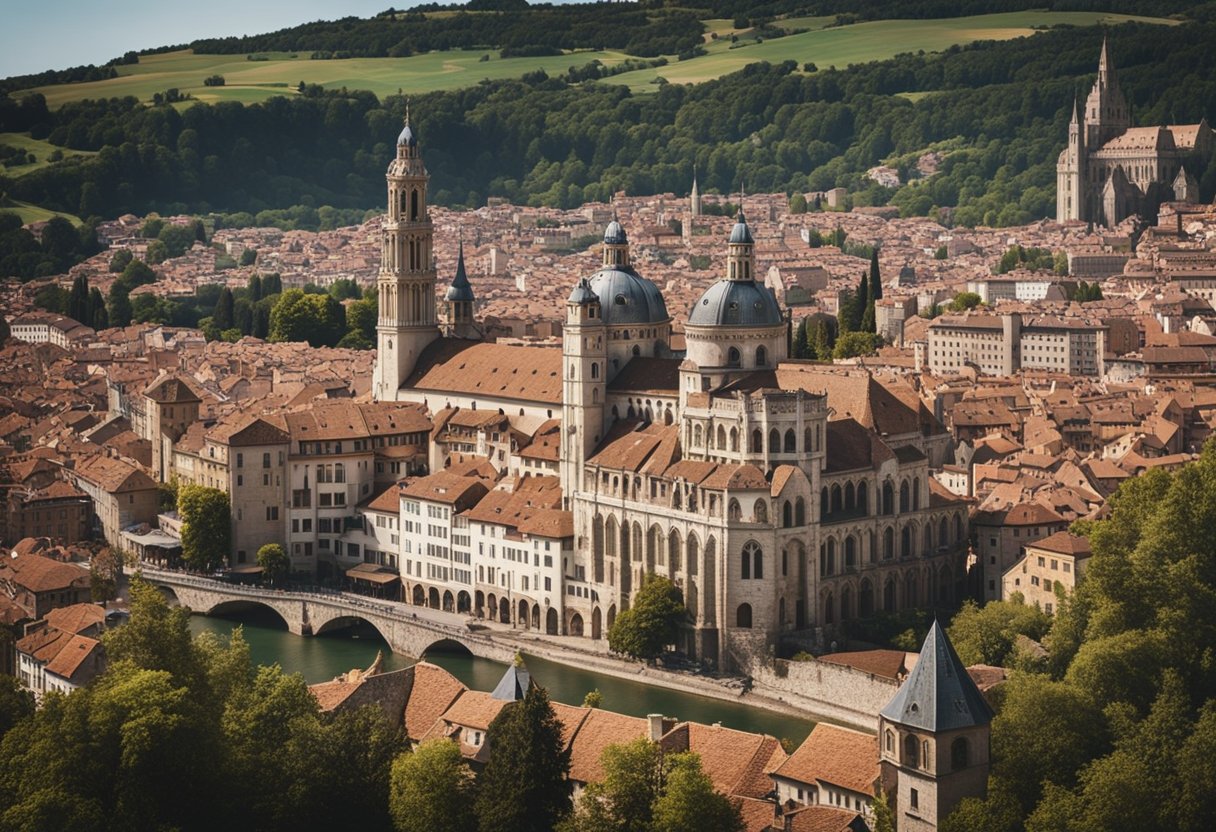
The Renaissance was an era marked by the rise of independent city-states and influential families who shaped the political and cultural landscape. Within these urban centres, power dynamics and alliances led to a transformative period that reached beyond Italy’s borders to France, England, and Spain.
Italian City-States
Italy, fragmented into various city-states, was the crucible for the Renaissance. Wealthy merchant families in these city-states wielded significant power, often dictating economic policies and fostering cultural development. Prominent among these were Venice, known for its maritime trade; Florence, celebrated for its art and architecture; and Milan, a hub of political power.
Influence of the Medici Family
The Medici family in Florence was paramount to the Renaissance, both politically and culturally. Their economic clout translated into political influence, allowing them to become patrons of the arts and champion humanist ideals. Through their support, seminal works of the era came to fruition, significantly shaping the cultural landscape.
Renaissance beyond Italy: France, England, and Spain
Beyond Italy, the Renaissance spread to other European kingdoms, influencing their cultural and political realms. In France, the monarchy embraced Renaissance art and humanism, refurbishing and building new châteaux in the Renaissance style. England saw the burgeoning of literature with playwrights such as Shakespeare. Meanwhile, Spain experienced a cultural flow, especially after the marriage of Ferdinand of Aragon and Isabella of Castile, which unified the country and expanded its influence.
Cultural and Intellectual Foundations
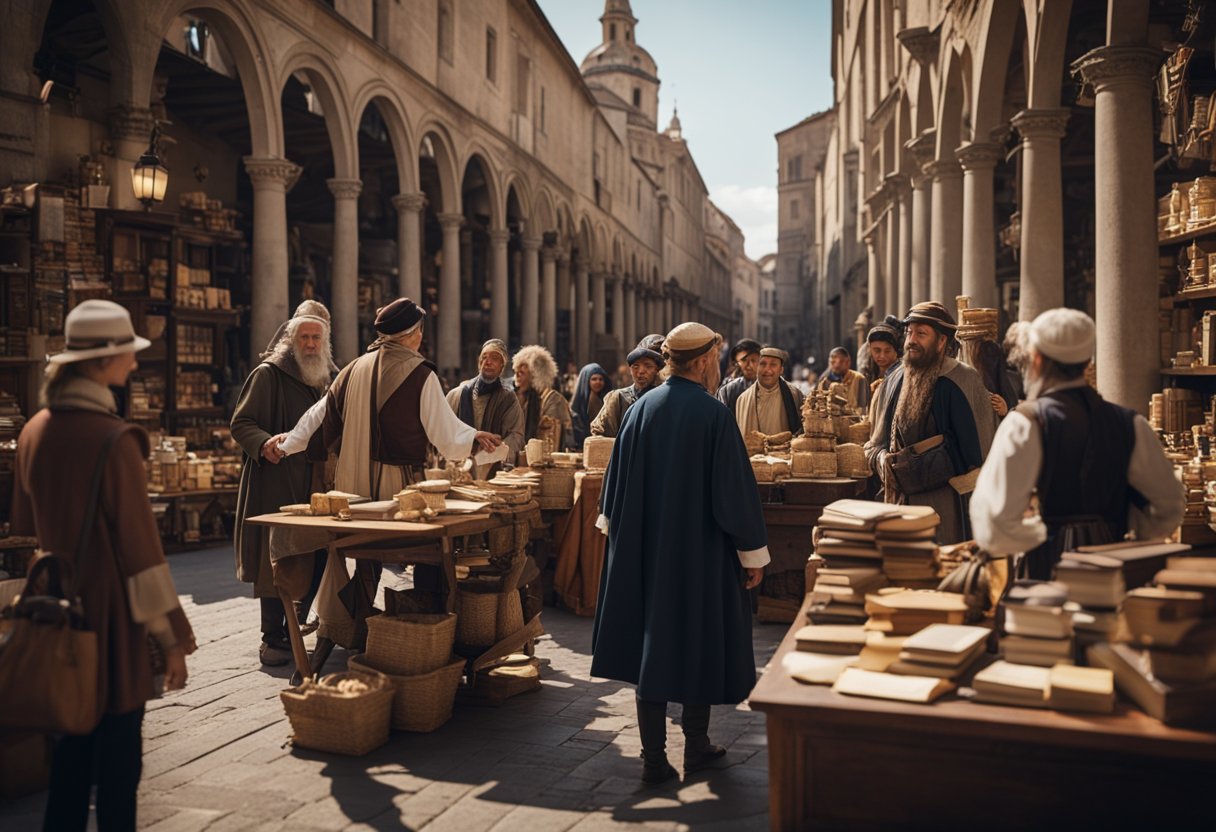
We are exploring the bedrock of the Renaissance, a time marked by a profound transformation in Europe’s cultural and intellectual landscapes. This section will unveil how humanism laid the groundwork for this awakening, the role of classical antiquity in shaping the era, and how figures like Petrarch ignited the flourishing of humanist thought.
Humanism
Humanism was the heartbeat of the Renaissance, placing human experience and rationality at the forefront. It was a shift that steered away from medieval scholasticism and towards a focus on humanity’s potential and achievements. Scholars and thinkers emphasised education, the study of humanities, and the development of individual virtue. This movement celebrated the human spirit, leading to advancements that shaped the course of Western civilisation.
Influence of Greek and Roman Antiquity
The Renaissance was infused with a revived interest in the rich legacy of Greek and Roman cultures. Pioneers of the era turned to classical texts and philosophies, finding in them inspiration and knowledge that had been obscured during the Middle Ages. The literature, art, and philosophies of antiques, especially the works of thinkers like Plato, were held in high regard and became foundational to the intellectual fabric of the period.
Petrarch and the Beginnings of Humanism
Petrarch, often dubbed the Father of Humanism, catalysed the initial sparks of the Renaissance. His work and writings laid the cornerstone for humanist thought, advocating for studying classical texts as a means to grasp human nature and refine one’s virtue. Petrarch’s passion for classical literature and engagement with ancient authors were emblematic of the era’s intellectual pursuits and desire to harmonise the wisdom of the past with contemporary thought.
Artistic Innovations
The Renaissance marked a period of immense creative progress, with advancements in artistic techniques and the emergence of celebrated masters whose work defined the era.
Evolution of Perspective
Art during the Renaissance transformed with the introduction of linear perspective, an approach that allowed artists to create the illusion of depth and space. This method gave rise to more lifelike and three-dimensional representations in paintings. Giotto is credited with making strides in this direction, but it was Filippo Brunelleschi who formalised the technique. Works by artists like Leonardo da Vinci and Raphael exhibited this mastery of perspective, forever changing the course of art.
Notable Renaissance Artists
The names of Michelangelo, Raphael, Leonardo da Vinci, Donatello, and Sandro Botticelli stand tall in the Renaissance art world. Each brought unique contributions: Michelangelo excelled in both sculpture, with his David, and painting, exemplified by the ceiling of the Sistine Chapel. Leonardo da Vinci’s Mona Lisa and The Last Supper stand as testaments to his unparalleled observation and technique. Donatello pioneered sculpture with works like his David in bronze, and Botticelli’s The Birth of Venus encapsulates the era’s humanistic spirit.
The Flourishing of Architecture
Renaissance architecture saw a revival of classical forms and symmetry. Brunelleschi’s design of the Florence Cathedral dome is heralded as an engineering marvel, inspiring a wave of architectural innovation. Architects and builders began to apply systematic and mathematical approaches to their designs, a discipline that mirrored the order and harmony found in nature. This conceptual leap in architecture not only enhanced the beauty of cities but significantly influenced the way we build even to this day.
Expansion of Literature and Philosophy
The Renaissance marked a significant shift in European culture, with literature and philosophy blossoming in newly articulated forms. This era saw not only a resurgence in classical learning but also the rise of the vernacular language in literary works, allowing ideas to reach a broader audience.
The Spread of Vernacular Literature
The Renaissance paved the way for using vernacular languages in literature, which were the native languages of the common people. Previously, Latin had been the dominant language for scholarly and literary works. However, figures such as Dante Alighieri catalysed a change. His magnum opus, “Divine Comedy“, was written in Tuscan dialect, laying the groundwork for the Italian language. The shift towards vernacular language made literature more accessible and, thus, played a crucial part in literacy and learning spreading through Europe.
Philosophical Thought and Literature
Renaissance philosophy intertwined with literature as both fields grappled with humanism, a perspective that emphasised human potential and achievement. Writers such as Erasmus constructed works that questioned societal norms and the Roman Catholic Church’s authority while advocating for educational reform and cultural enlightenment. His approach to humanism sought to reconcile classical ideals with Christian values, signalling a departure from purely theological discourse into a human-centred one.
Prominent Writers and Philosophers
During this period, we saw some of literature’s greatest names, including William Shakespeare, whose impact on English literature is unparalleled. Shakespeare’s plays and sonnets carved out new emotional depths and linguistic heights, earning him enduring reverence. Moreover, his works often referenced classical themes and philosophical inquiries, seamlessly blending artistry with intellect.
It is clear that the Renaissance was a convergence of intellectual expansion and literary innovation. Writers and philosophers were not only artisans of words and ideas but also pioneers of the cultural transformation that swept across Europe, reshaping it forever.
Advancements in Science and Education
The Renaissance was a period of reawakening in Europe that spurred significant leaps in scientific discovery and the evolution of educational systems. These advancements laid the foundation for modern science and the spread of learning through various institutions.
The New Astronomy
Astronomy transformed during the Renaissance as scholars began challenging classical ideas. We witnessed Galileo revolutionising the field with his improved telescopic observations. He asserted that the Earth and planets orbited the sun, a heliocentric model contradicting prevailing beliefs. His discoveries laid the groundwork for modern astronomy and drastically changed our understanding of the cosmos and our place in it.
Developments in Medicine and Anatomy
Medical knowledge saw substantial progress in this era. Physicians dissected bodies to better understand human anatomy, leading to more accurate medical texts. Leonardo da Vinci contributed with his detailed sketches of the human body, combining art and science to enhance our anatomical knowledge. These strides improved medical education and treatments, ultimately saving lives.
Establishment of Schools and Universities
Education became more systematic with the establishment of schools and universities. Learning was no longer confined to the clergy or aristocrats; it spread among the populace, leading to an enlightened society. Universities blossomed across Europe, including in Italy, where they fostered an environment of inquiry and debate. It was here that the foundation for our modern educational systems was built.
Through these advancements, we laid the cornerstone of our current scientific understanding and educational frameworks. The Renaissance was not just an era of artistic flourish but also a pivotal chapter where science and education collectively ushered us into an age of enlightenment and inquiry.
Socio-Economic Transformations
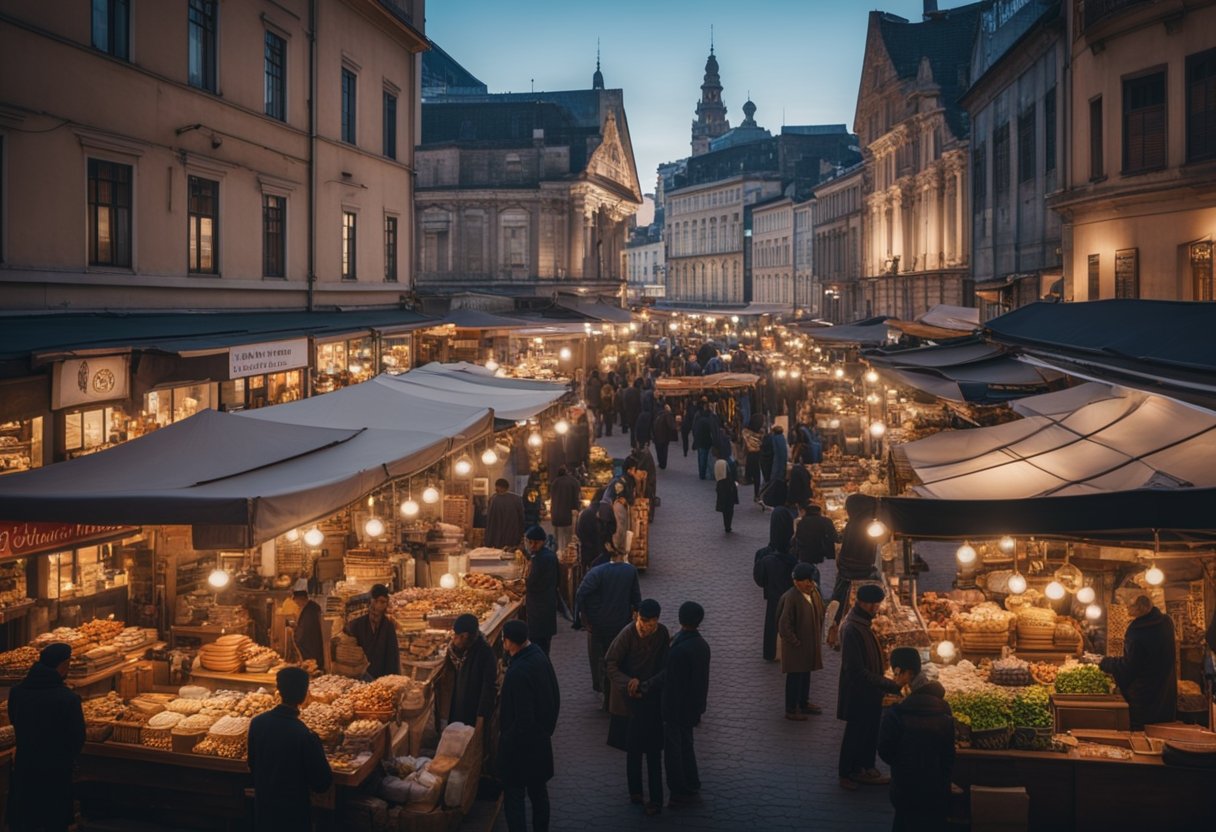
We must appreciate the profound socio-economic transformations during the Renaissance, which fostered the transition from medieval to modern Europe.
The Role of Commerce and Trade
During the 16th century, commerce and trade flourished across Europe, leading to significant economic expansion. Italian city-states like Venice and Florence became hubs of trade, connecting Europe with the Byzantine and Islamic worlds. This interaction facilitated not only the exchange of goods but also the flow of ideas and knowledge.
Growth of Banking and Wealth
The surge in trade catalysed the development of banking systems, most notably in cities like Florence, home to the famous Medici Bank. The era witnessed the accumulation of wealth among merchant classes, spurring patronage of the arts and investment in public works, consequently enriching cultural and civic life.
Shift from Feudalism to Early Capitalism
A fundamental shift from feudal structures to early capitalism emerged during this period. The increase in monetary transactions and the decline of serfdom gave rise to a more flexible and dynamic economy, marking the embryonic stages of the capitalist economic system that shaped Europe’s future.
Religion and the Church
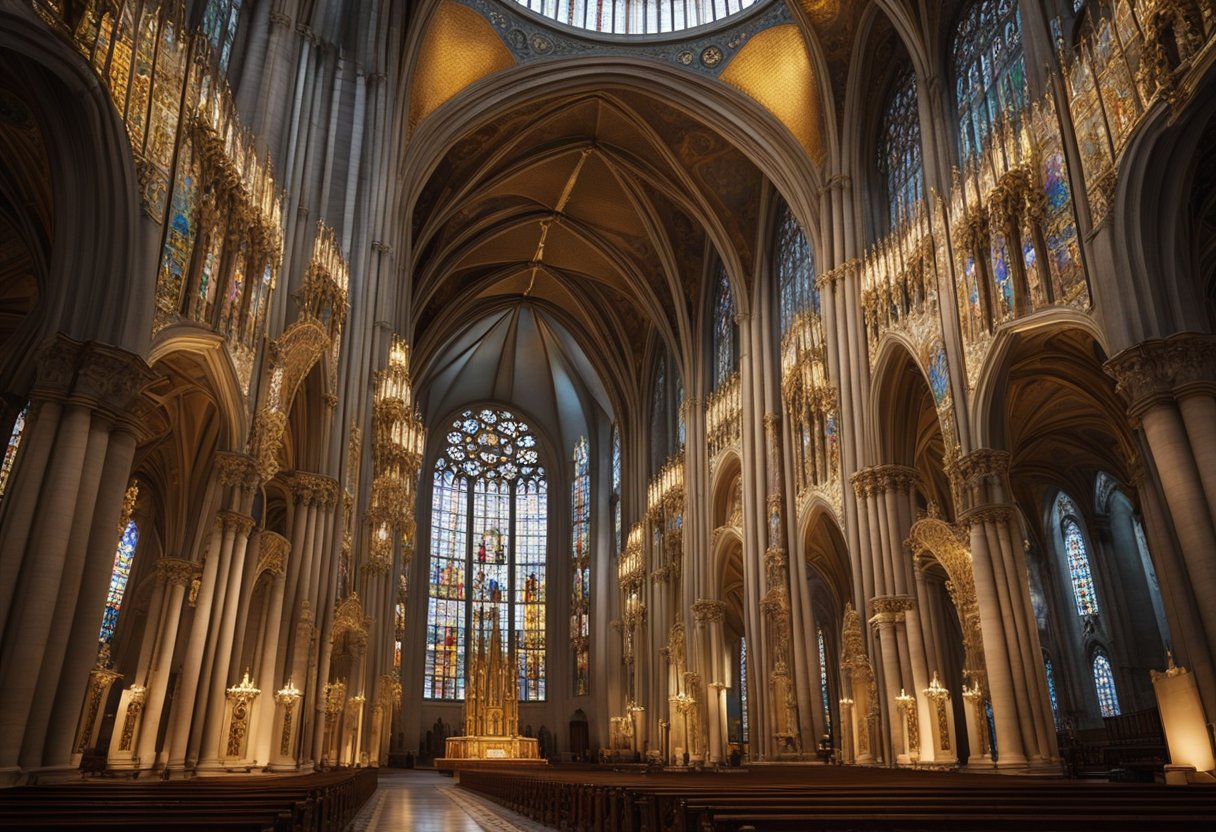
The Renaissance signalled a pivotal era for European religion, characterised by the dominant Catholic Church’s confrontation with the transformative movements of Reformation and Counter-Reformation.
The Catholic Church’s Power
During the Renaissance, the Catholic Church wielded immense influence in Europe. The papacy in Rome was at the political and religious heart, commanding not only spiritual allegiance but also dictating social and political norms. The church served as the custodian of religion and morality, overseeing artistic and intellectual life, which was often steeped in religious themes.
Reformation and Counter-Reformation
The Protestant Reformation erupted in the 16th century, challenging the Catholic Church’s authority. Figures like Martin Luther advocated for religious and administrative reforms, igniting a movement that led to the fracturing of Christendom. In response, the Counter-Reformation was orchestrated by the church, aiming to rectify internal abuses, reaffirm doctrines, and stem the tide of Protestant expansion.
Protestant and Catholic Tensions
The interplay between Protestant and Catholic forces marked this period with palpable tensions. Diverse Protestant communities emerged, each interpreting Christianity differently, while Catholics sought to reinforce unity under the Holy See. This era was defined by significant religious upheaval, which affected every stratum of European society and reshaped the continent’s religious landscape.
Technological Advancements and Exploration
At the heart of the Renaissance was a surge in technological innovation and geographic exploration that reshaped Europe.
Invention of the Printing Press
The printing press, invented by Johannes Gutenberg in the mid-15th century, dramatically revolutionised the spread of information. Enabling the mass production of books facilitated the widespread dissemination of knowledge, boosting literacy rates and intellectual exchange throughout Europe.
Age of Exploration and Colony Formation
The Age of Exploration saw European powers embark on overseas voyages that led to the establishment of colonies. Figures like Christopher Columbus spearheaded voyages, culminating in the European discovery of the Americas, a pivotal moment in history often referred to as the discovery of the New World.
Impact of New World Discoveries
Discoveries of the New World had profound implications for Europe. An unprecedented exchange of goods, ideas, and populations ensued, and the influx of New World silver and crops had transformative effects on the European economy and diet. The pursuit of new trade routes and resources also led to the colonisation and enduring cultural impact on the indigenous populations of the Americas.
The Legacy of the Renaissance
The Renaissance, a pivotal period in European history, engendered a cultural ‘rebirth’ that resonates in modern society. It was an era when creativity, reason, and the pursuit of knowledge flourished, laying the foundations for modernity.
Starting in Italy in the 14th century, the movement spread across Europe by the 16th century, transforming art, philosophy, and science. The Northern Renaissance further propagated these ideas, producing notable figures such as Erasmus and Van Eyck.
Renaissance legacy can be summarised as follows:
- Art and Architecture: Masterpieces by Da Vinci and Michelangelo introduced perspective and realism, influencing art movements into the 17th century and beyond.
- Humanism: This philosophy foregrounded the individual, pivoting away from medieval scholasticism and towards classical teachings.
This era’s thinkers and artists encouraged a spirit of inquiry and a belief in human potential, shaping the values of Western civilisation. Our understanding of the human form, nature, and the cosmos was fundamentally transformed during this period. This intellectual awakening paved the way for the Enlightenment and the scientific revolution, cornerstones of the world we inhabit today.
In summary, the Renaissance was a crucible of change, an epoch that redefined Europe and the Western world. It continues to affect our culture, education, and societal structures, proving that its legacy is both enduring and profound.
Renaissance Influence on Modern Education
The Renaissance, a period of profound cultural rebirth, significantly shaped modern education. This impact is evident in several educational principles that have prevailed throughout the centuries.
Key Influences
- Questioning and Inquiry: We trace a commitment to questioning and intellectual exploration back to the spirit of inquiry fostered during the Renaissance. This ethos encourages learners to engage with the material critically.
- Humanism: Learning became centred around human experiences and capabilities, with an emphasis on classical knowledge and the liberal arts.
- Printing Revolution: The spread of knowledge was revolutionised by the printing press, enabling wider and more equitable access to books and learning materials.
Notable Contributions
- Curriculum Development: The revival of Classical learning greatly enriched curriculums, incorporating studies of Greek and Latin, science, and philosophy.
- Education Accessibility: Many new universities were founded during the Renaissance, establishing nodes of learning that persist today.
Summary Table
| Renaissance Concept | Influence on Modern Education |
|---|---|
| Inquiry | Basis for critical thinking |
| Humanism | Focus on human-centric learning |
| Classical Learning | Broad, interdisciplinary curriculums |
| Printing | Mass distribution of educational materials |
| New Universities | Increased access to higher education |
Collectively, these influences underpin much of our contemporary educational landscape. We honour the Renaissance for injecting a thirst for knowledge that prevails in our educational ethos, making learning a lifelong pursuit rather than a mere preparation for life.
Frequently Asked Questions
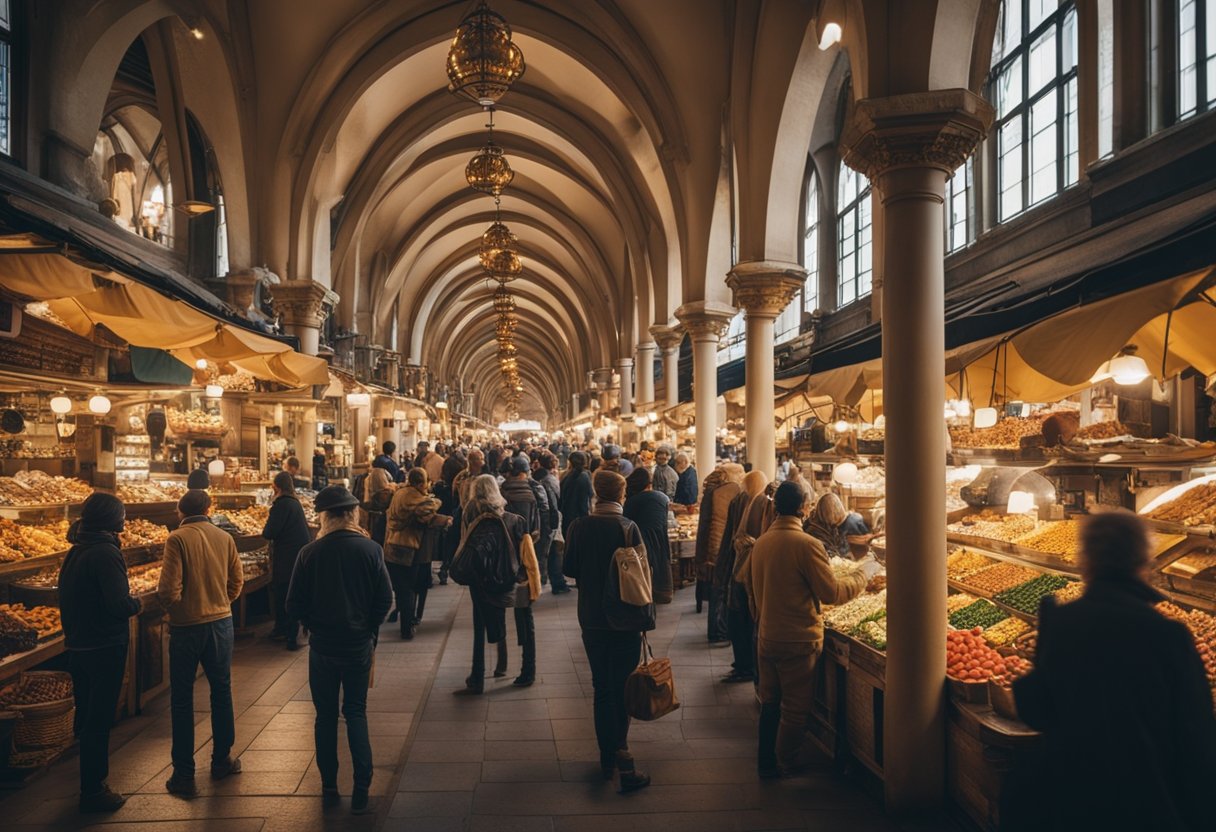
In this section, we address some common inquiries about the Renaissance, a transformative era in European history.
When did the Renaissance period commence and conclude?
The Renaissance is typically regarded as beginning in the 14th century and lasting until the 17th century, heralding the transition from the Middle Ages to modernity.
What is the definition of ‘Renaissance’ in the context of European history?
The term ‘Renaissance’ encapsulates the ‘rebirth’ of classical antiquity‘s cultural and intellectual ethos in Europe during a period marked by artistic, economic, and political revival.
In which region did the Renaissance originate?
The Renaissance originated in Italy, specifically in the city-states of Florence and Rome, before spreading throughout other parts of Europe.
What cultural and intellectual aspects did the Renaissance seek to revive?
The Renaissance sought to bring back the art, literature, philosophy, and scientific principles of ancient Greek and Roman cultures.
How did the Renaissance contribute to the onset of European global exploration?
The era gave rise to innovations in navigation and mapmaking, combined with a rekindled curiosity about the world, which drove the age of European exploration and the discovery of new territories.
In what ways did the Renaissance mark a pivotal moment in European historical development?
The Renaissance marked a major shift in European thought and society, setting the stage for advances in science, the arts, and humanism, which would shape the future direction of Europe and the Western world.


